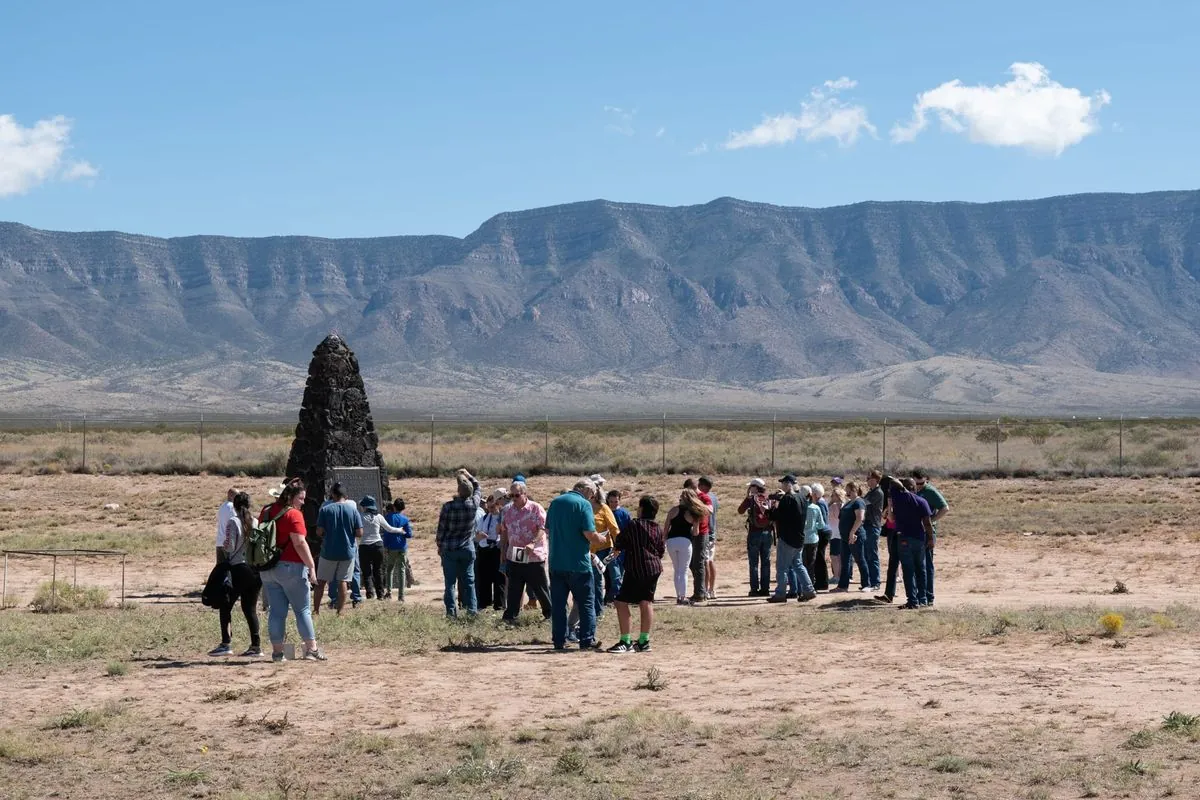New Mexico's Atomic Legacy: Unveiling the Untold Story of Trinity Test Downwinders
A documentary sheds light on the overlooked victims of America's first nuclear test in New Mexico. Survivors fight for recognition and compensation as new research reveals widespread contamination from the 1945 Trinity Test.

In the summer of 1945, the United States conducted the Trinity Test, the world's first nuclear explosion, in New Mexico's Tularosa Basin. This event, occurring just weeks before the atomic bombings of Japan, marked the beginning of a largely overlooked chapter in American history. A new documentary, "First We Bombed New Mexico," is now bringing this story to light, revealing the long-lasting impact on the region's inhabitants.
The film, directed by Lois Lipman, explores the consequences of the Trinity Test on local communities. It highlights the displacement of Hispanic families from the Pajarito Plateau, the effects on Tularosa Basin residents, and the health risks faced by Native American uranium miners. The documentary has garnered attention and awards at film festivals across the United States, including a screening at the Oppenheimer Film Festival in Los Alamos.

The Trinity Test, conducted on July 16, 1945, was part of the Manhattan Project, which employed over 130,000 people at its peak. The test's yield was equivalent to about 21 kilotons of TNT, creating a mushroom cloud that reached approximately 7.5 miles in height. Despite government claims that the area was unpopulated, about half a million people, mostly Hispanics and Native Americans, lived within a 150-mile radius of the blast site.
Tina Cordova, co-founder of the Tularosa Basin Downwinders Consortium and a cancer survivor, has been leading efforts to secure recognition and compensation for affected communities. The consortium, founded in 2005, advocates for the expansion of the Radiation Exposure Compensation Act (RECA) to include New Mexico downwinders.
"They counted on us to be unsophisticated, uneducated and unable to speak up for ourselves. We're not those people any more. I'm not that person. You're not those people."
Recent research has shed new light on the extent of contamination from nuclear tests. A 2023 study led by Princeton University revealed that nuclear explosions in New Mexico and Nevada between 1945 and 1962 led to widespread radioactive contamination, affecting 46 states and parts of Canada and Mexico.
The documentary also addresses the government's failure to warn or protect residents before and after the Trinity Test. The fallout from the explosion contaminated crops, livestock, and water sources, with many residents unknowingly exposed to radiation for years.
As efforts continue to expand RECA and recognize the plight of New Mexico's downwinders, the film serves as a powerful reminder of the human cost of scientific advancement and the importance of acknowledging historical injustices. The story of the Trinity Test and its aftermath remains a crucial part of America's atomic legacy, one that is finally receiving the attention it deserves.


































